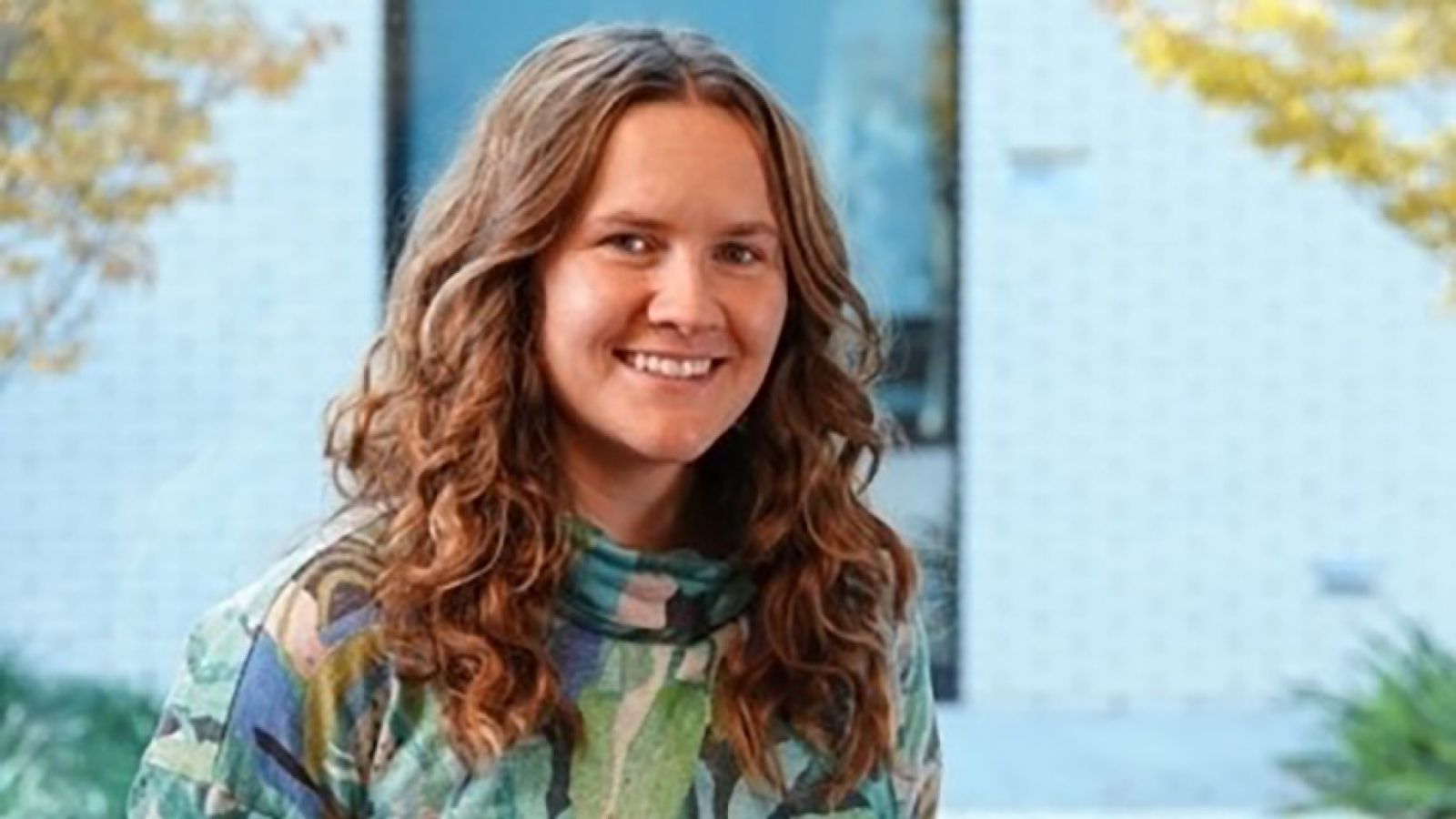Jessica Urwin wins First Nations History Award

PhD Candidate in the ANU School of History Jessica Urwin has been recognised with the History Council of NSW First Nations History Award for her outstanding essay ‘Take it back to Sydney.’
In 1998, the Commonwealth Government announced that it intended to build a radioactive waste facility in South Australia, storing waste generated by the Lucas Heights Reactor in Sydney. The planned site for the waste was Billa Kalina, a pastoral region near Cooper Pedy approximately 9 hours north of Adelaide, and almost a day’s drive from Sydney.
This distance goes to the heart of what ANU PhD Candidate in History Jessica Urwin wanted to explore in ‘Take it back to Sydney’, and the resulting burden placed on First Nations communities.
“The key issue I sought to address in the essay was the tension between urban anxieties over toxicity and those communities who ultimately bear the burden of toxic industries. In the case of the global nuclear order, those communities disproportionately bearing the burden are Indigenous. This trend is reflected in Australia’s nuclear history. To explore this issue, I focused on the Howard Government’s 1998 decision to transfer nuclear waste from the Sydney-based Lucas Heights Nuclear Reactor to Billa Kalina,” says Jessica. “I argue that this decision reflected the tendency for urban-dwelling decision-makers to allow or even encourage an ‘out of sight, out of mind’ approach to toxic substances, such as nuclear waste. In this instance, the residents of the surrounding region included Aboriginal communities (not least the Arabunna, Kokatha, Yankunytjatjara and Pitjantjatjara peoples) who had already been subject to injustices induced by radioactive contamination through the British nuclear tests at Emu Field and Maralinga (1953-1963).”
The public voice of the communities who would be impacted by this nuclear waste was the Kupa Piti Kungka Tjuta (Coober Pedy Senior Women) who issued a powerful statement against the government’s plan:
“We are the Aboriginal Women. Yankunytjatjara, Antikarinya and Kokatha. We know the country. The poison the Government is talking about will poison the land. We say, “No radioactive dump in our ngura – in our country.”
They argued if the waste really was a safe as government claimed, it should stay in Sydney, the place it was generated almost 2000km from their lands. Six years later, government abandoned plans for the dump. But there have been new plans proposed since, and the example those women set advocating for their community has continued to be a source of inspiration for those today who oppose such projects.
“I found that among contemporary activists there was a strong sentiment that the Kupa Piti Kungka Tjuta had paved an important path for them, especially as they had been successful in stopping the waste dump proposed on their Country,” says Jessica. “In the early days of my PhD, renewed efforts to establish a nuclear waste dump in South Australia were announced, the imposition of which was – and is – vehemently opposed by Aboriginal communities, including descendants of the Kungkas. Not only was I intrigued by their story, but the immediacy of the issue prompted me to explore it further.”
In exploring the fascination story of how these communities advocated to protect their lands, Jessica drew on the rich documentation of their effort that the Kungkas had kept, and materials they published. A book they published was a first step.
“This book was my starting point, but I was also able to view original documents in South Australia, collected and deposited with the State Library of South Australia by the Kungka’s ‘honourary paperworker’, anti-nuclear advocate Sister Michele Madigan. On top of this, I have spoken with family members of the Kupa Piti Kungka Tjuta who were actively involved in their campaign against the waste dump. Many of them have expressed excitement at the prospect of sharing their stories of the Kungkas. I hope to conduct further oral history interviews with family members.”
Jessica sees important lessons that come from this part of history, that the effects on environment and people from hazardous industries continue to arise. For First Nations communities, it’s particularly true of their cyclical exposure to the hazards of radioactive materials, first through mining, then nuclear testing, and now the ongoing challenge humanity faces of safely managing materials with a long and hazardous legacy.
The story in Take it back to Sydney is also one of First Nations resilience says Jessica.
“I see the story of the Kupa Piti Kungka Tjuta’s fight to prevent Howard’s nuclear waste dump as a reflection of the resilience and persistence of generations of Aboriginal activists who have resisted toxic industries and mining in Australia.”
The First Nations History Award has been awarded annually by the History Council of NSW since 2016, and is supported as the generous gift of an anonymous donor. The award encourage and recognises young historians who write about Aboriginal and Torres Strait Islander history using original sources.
“I feel very privileged to be recognised by the History Council of NSW for this award. It is always heartening to know that your research resonates with others, especially as the research that constituted the core of this essay explored subject matter of significant contemporary relevance.”